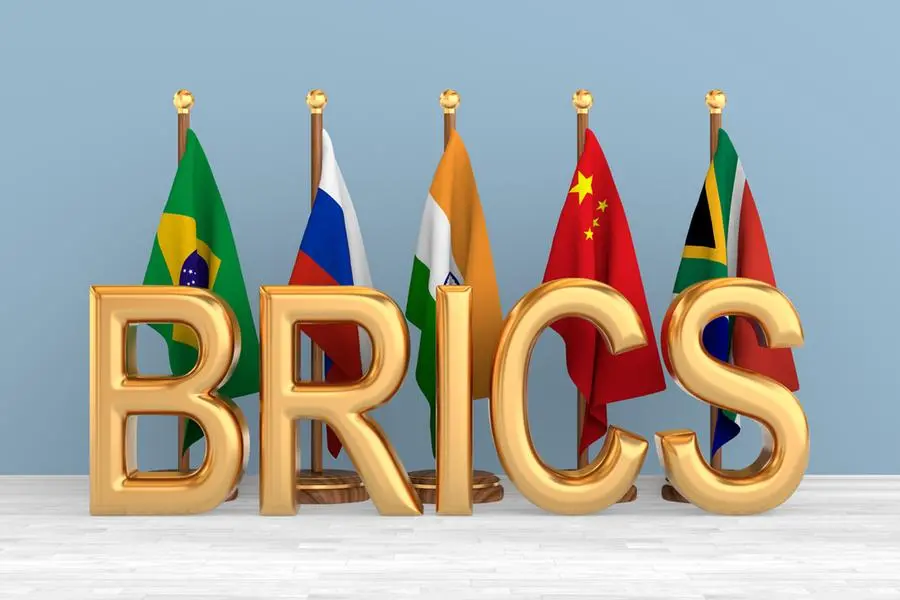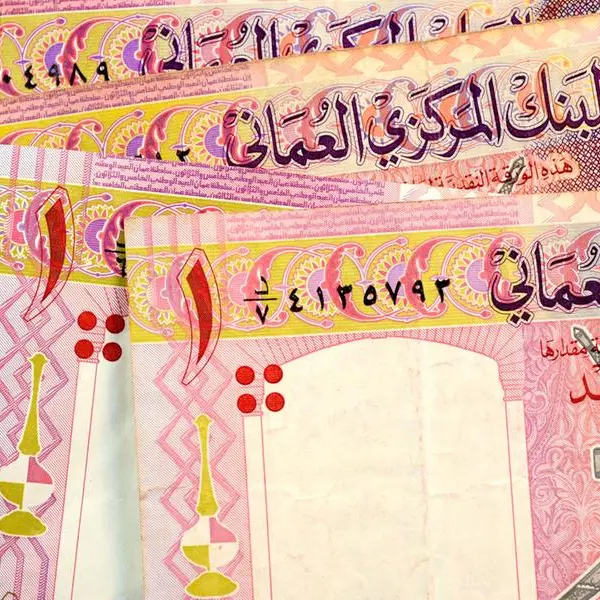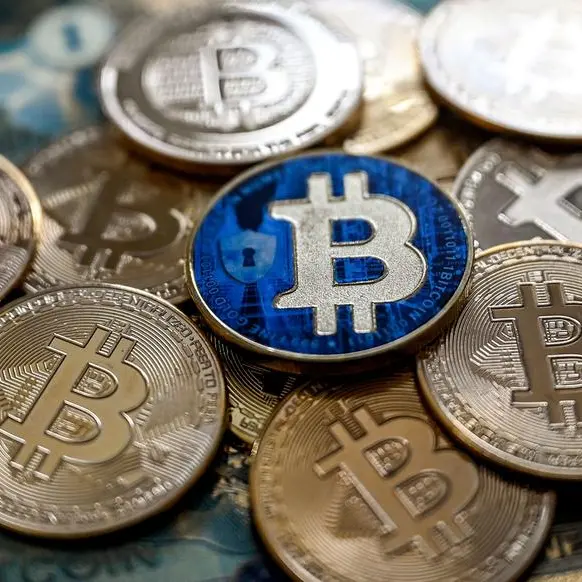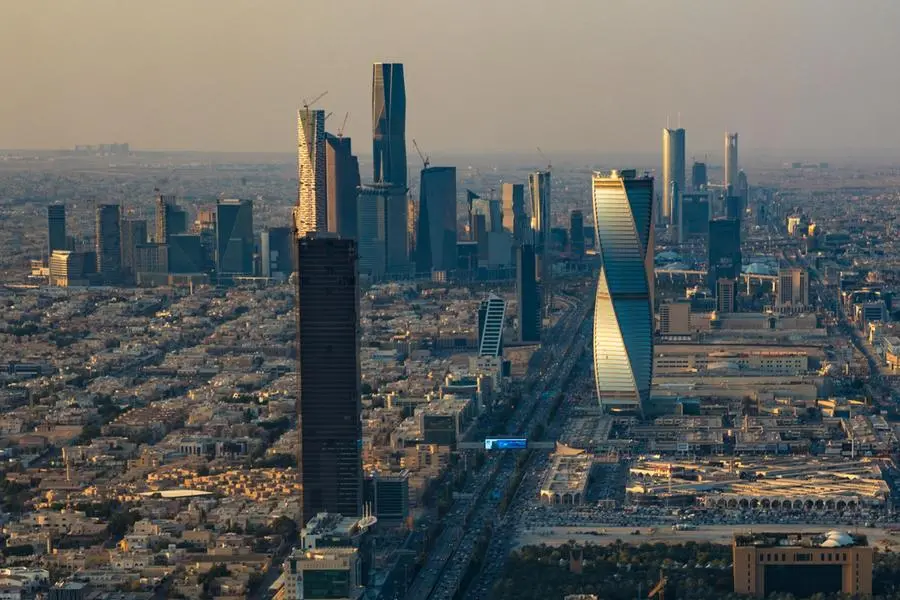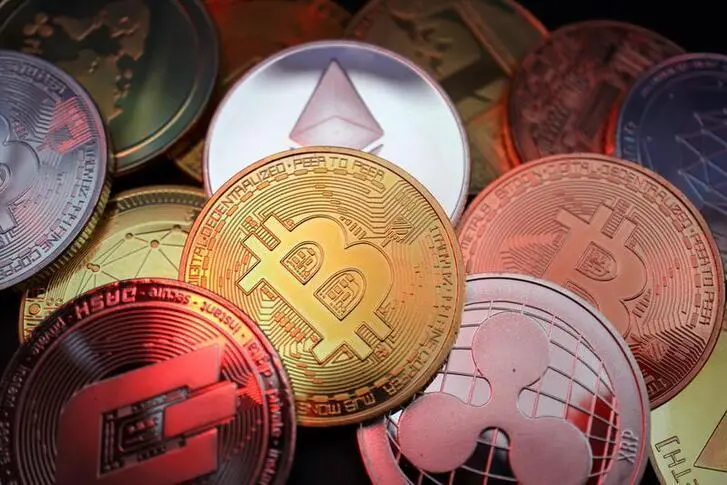PHOTO
The Brics+ geopolitical alignment has recently emerged as one route away from what is seen is as ‘Western,’ mainly American, monetary hegemony. And these countries, especially Russia, have lately talked of the creation of a new global reserve currency alternative to the US dollar.
Whether that succeeds is far from certain, some analysts say. Brics, originally composed of Brazil, Russia, India, China and South Africa, has expanded since late last year. It now includes more African countries such as Ethiopia and Egypt.
Iran, Saudi Arabia and the United Arab Emirates joined too.
At last year’s Brics summit in South Africa, as many as 20 states showed interest to join the bloc, buoyed by desire to have a plan B, whenever Western-style economics proved challenging.
The summit determined that the Chinese renminbi (yuan) was to be the main currency for trade, payments and settlements within the Brics+ formation.
Brics+ now accounts for about 37.3 percent of the global GDP, double that of the EU. But, beyond economic power, new members have also meant political decisions take longer, according to a recent paper prepared for the European Parliament.“Since the new members would only contribute roughly four percent to the group’s cumulative GDP, the significance of the expansion should be seen beyond the purely economic effect,” said the paper, ‘Expansion of BRICS: A quest for greater global influence?’That could come in the form of greater influence for the group and for developing countries as a whole within international organisations such as the United Nations, the World Trade Organisation and the Bretton Woods institutions (World Bank and International Monetary Fund).
Dr Richard J Grant, professor of finance and economics at Cumberland University, Tennessee, US, says none of the founding Brics members was initially looking for an alternate currency, at least not publicly.“Certainly, each of the member countries has an interest in maintaining and spreading the reach of its own national currency,” explains Prof Grant in a policy and economic analysis produced for the Free Market Foundation think tank.“Each currency serves as a domestic unit of account, medium of exchange, policy instrument, and potential source of government revenue called ‘seigniorage.’”So, for Brics+, those pushing for alternative currency are, in fact, pushing for the acceptance of their national currencies abroad, which could mark a turning point in political influence.“Those who use a currency do so to facilitate trade; that is, to reduce the cost of trade. The better a currency is perceived to do this, the more widely used it will be. And the more widely used it is, the better it is at facilitating more trade,” he argued.
The US dollar has ridden on these for years and may explain why some countries have adopted it as a de facto local currency. Incidentally, some of the Brics+ powers have benefited from the worldwide acceptance of the dollar. The US dollar has retained its position because its users have confidence in it.“In a world of fiat money and extensive financial regulation, this implies trust in a government. None of the Brics+ currencies are currently favoured to displace the dollar for that reason,” the scholar explained.
The “danger” to the US dollar today, revolves mainly around US inflation, which ran as high as nine percent after spiking up in early 2021, off the back of Covid-19 relief measures, but has since declined to just over three percent.
Brics+ members, especially Russia, have pushed for alternative currencies of trade because they have been hurt after recent US sanctions froze some $300 billion worth of Russian assets in Western banks for invading Ukraine in February 2022.
By end of last year, Russia reported it was holding $68.7 billion yuan, yet it still had some $64.7 billion in US dollars.
Russia knows it cannot succeed if more powers such as India and China, and even Brazil, do not follow it in pursuing an anti-dollar stance.
Russia has claimed its payments covering 90 percent of trade with China are made in roubles or yuans, their local currencies. And about 60 percent of trade with India is settled in national currencies.“This is a serious choice,” said Sergey Lavrov, Russian Foreign Minister, at a forum in Moscow in June.“Both China and India are much more deeply involved in the Western system of globalisation in terms of the volume of financial, investment, and trade agreements and many other things. But the fact is that just like us, the People’s Republic of China and India are fully aware of the discriminatory nature of what the West is doing.”If they tilt the plate, he argued, Brics+ members could go on to influence decisions as afar as the IMF and World Bank.
Traditionally, the alternative currency for most countries has been gold reserves, incidentally priced to the dollar.
The question for Africa is whether they can walk away from the US dollar and still remain stable. One influence for seeking alternative currency is to ease trade, but also stabilise inflation. If the latter is achieved without an alternative currency, some countries may yet prefer to remain inside than try uncharted waters.
Last week, Ethiopia agreed to devalue its currency, birr. It had been one of the conditions the IMF imposed before supporting the country’s fight to control inflation. Ethiopia also liberalised its financial markets and allowed a free hand for exchange of foreign currencies.
More than two decades ago, the South African rand was fixed to the value of a basket consisting of 20 percent gold, 40 percent each USD and the euro.“The rand would have continued in circulation as normal, but would have reflected the valuations of the three component reserve currencies,” Grant explained.“Inflation would have been reduced to negligible levels and interest rates would have reflected the reduced currency risk.”An alternative currency, he said, would still rely on gold reserves as a non-fiat currency.
Fiat currencies are those, including the US dollar, which are not pegged to the value of gold.
As a unit of account, the Brics currency would not need to circulate as a medium of exchange, but facilitate pricing and contracts, Prof Grant emphasised.
The US dollar, however, retains one weapon: It attracts confidence in interstate financial infrastructure such as a payment-versus-payment (PvP) arrangements, which help lower the cost and increase the confidence in exchanges of certain currency pairs.
© Copyright 2022 Nation Media Group. All Rights Reserved. Provided by SyndiGate Media Inc. (Syndigate.info).
